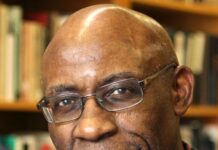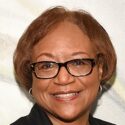 New research led by scholars at the Humphrey School of Public Affairs at the University of Minnesota sheds light on the origins of racial disparities in the Minneapolis park system and their long-lasting consequences for environmental justice in the city.
New research led by scholars at the Humphrey School of Public Affairs at the University of Minnesota sheds light on the origins of racial disparities in the Minneapolis park system and their long-lasting consequences for environmental justice in the city.
Among the findings, were that throughout the first half of the 20th century, real estate developers partnered with the Minneapolis Park Board to build new parks in neighborhoods blanketed with racial covenants that restricted occupancy to “Whites Only.” To direct public investment into those neighborhoods, developers donated land for new parks or offered to contribute to the costs of building a new park. The also found that real estate developers in Minneapolis relied on the strategy of pairing “greenness,” investments in urban parks and gardens, with “whiteness,” ensured by adding racial covenants to properties. The result: during the 45 years from 1910 to 1955 when covenants were used in Minneapolis, 73 percent of new park areas had at least one racial covenant within one block of the park.
Futhermore, disproportionate investment in parks in majority-white areas of Minneapolis and racial disparities in environmental quality are still present in the city today. Neighborhoods that historically had racial covenants today have higher tree canopy cover, more park acreage, and cooler temperatures.
Rebecca Walker, a Ph.D. candidate in urban planning at the Humphrey School, and the lead author of the study, said tbat “this research shows that disparities in the Minneapolis park system weren’t an accident — parks, race, and real estate have always been deeply intertwined. Making an equitable park system means not just investing in greenspaces in historically disinvested neighborhoods, but also making sure that the right housing policies are in place to protect low-income residents and people of color.”
“This research shows that disparities in the Minneapolis park system weren’t an accident — parks, race, and real estate have always been deeply intertwined,” said Walker. “Making an equitable park system means not just investing in greenspaces in historically disinvested neighborhoods, but also making sure that the right housing policies are in place to protect low-income residents and people of color.
The full study, “Making the City of Lakes: Whiteness, Nature, and Urban Development in Minneapolis,” was published on the website of the journal Annals of the American Association of Geographers. It may be accessed here.












